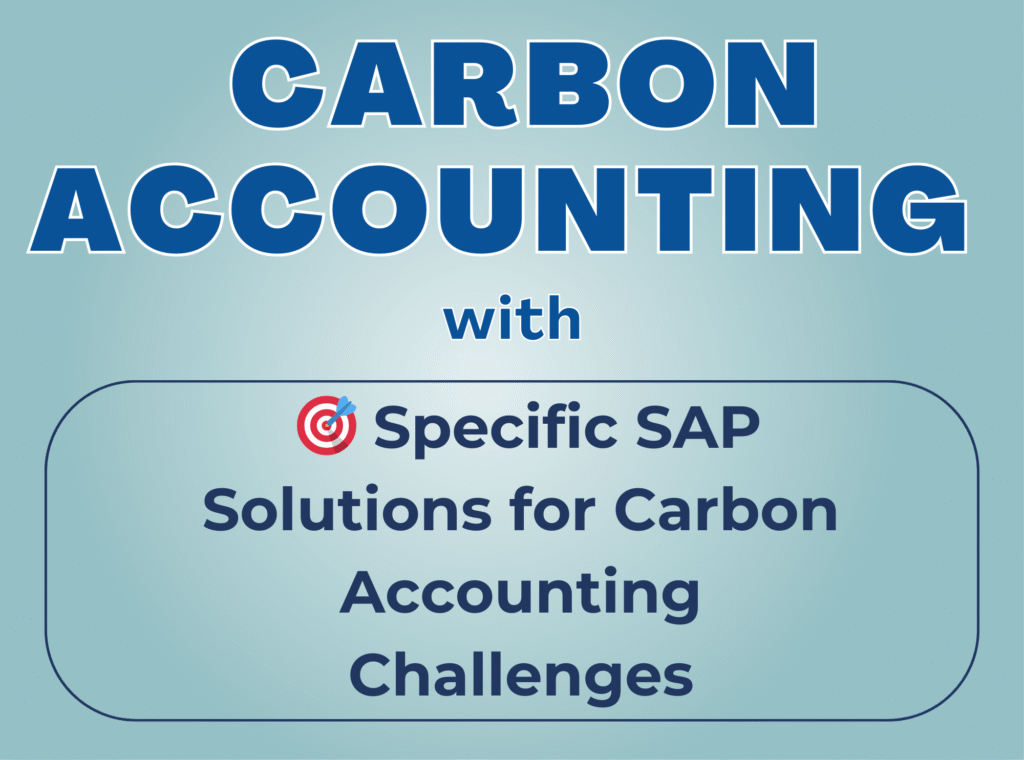Key Carbon Accounting Standards and Frameworks

Several international standards and frameworks guide carbon accounting practices, ensuring consistency and comparability:
🔸 Greenhouse Gas Protocol (GHG Protocol): The most widely used global standard, providing comprehensive guidance on calculating and reporting GHG emissions for companies and projects. It defines the three scopes of emissions.
🔸 ISO 14064: An international standard that specifies requirements for quantifying, reporting, and verifying GHG emissions and removals at the organizational and project levels.
🔸Partnership for Carbon Accounting Financials (PCAF): A global initiative focused on standardizing the measurement and disclosure of financed emissions in the financial sector.
🔸 Task Force on Climate-related Financial Disclosures (TCFD): While not a direct accounting standard, TCFD provides recommendations on how companies should disclose climate-related financial risks and opportunities, often relying on GHG emissions data.
🔸 Carbon Disclosure Project (CDP): Global disclosure system for environmental impact reporting.
🔸 Science-Based Targets initiative (SBTi): Provides comprehensive guidance for businesses and organizations
🔸 Environmental, Social, and Governance (ESG) reporting frameworks: Standards like GRI, SASB, and TCFD guiding sustainability disclosures.
✨Applications ✨
Carbon accounting is applied in:
▪️Corporate sustainability reporting
▪️Carbon footprint analysis
▪️Carbon trading and offsetting
▪️Climate risk assessments
▪️Net-zero and decarbonization planning
✨Challenges of Carbon Accounting✨
Despite its importance, carbon accounting faces several challenges:
▪️Data quality and availability issues
▪️Methodological inconsistencies across different frameworks
▪️Complexity in measuring Scope 3 emissions
▪️Limited standardization in reporting formats
▪️Balancing precision with practicality
🎯 Specific SAP Solutions for Carbon Accounting Challenges:
▪️SAP Sustainability Footprint Management: For calculating corporate and product carbon footprints.
▪️ SAP Sustainability Control Tower: For holistic sustainability performance management, reporting, and compliance.
▪️ SAP Sustainability Data Exchange: For secure and standardized exchange of sustainability data across the value chain.
▪️SAP S/4HANA for Environmental Management: For integrating environmental data into core business processes.
▪️SAP Green Ledger: For transactional carbon accounting integrated with financial data.
As climate action becomes more urgent, carbon accounting continues to evolve, with increasing focus on accuracy, comprehensiveness, and actionable insights for emission reduction strategies.
hashtag#SustainabilityReporting hashtag#FutureofCarbonAccounting hashtag#SAP hashtag#SAPSustainabilityFootprintManagement hashtag#SAPSustainabilityControlTower


